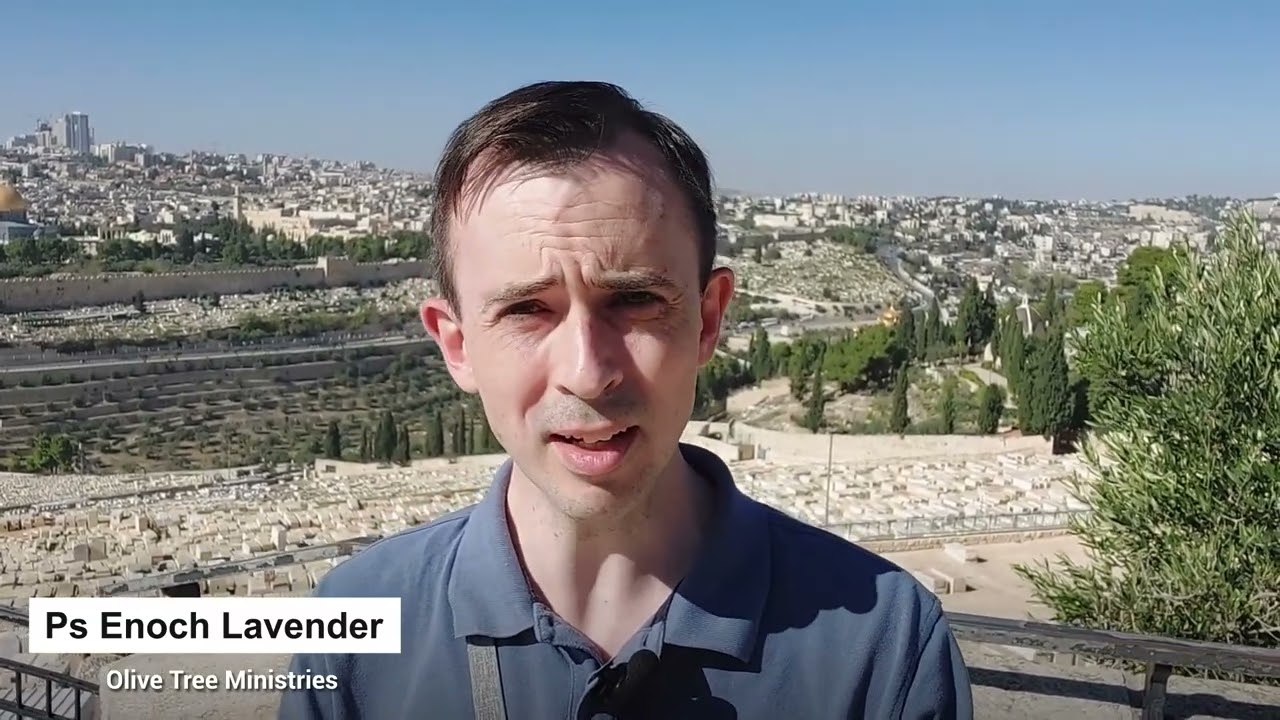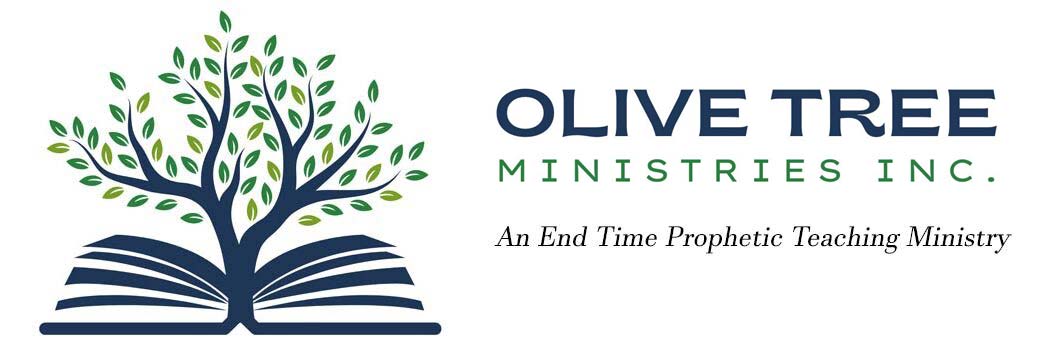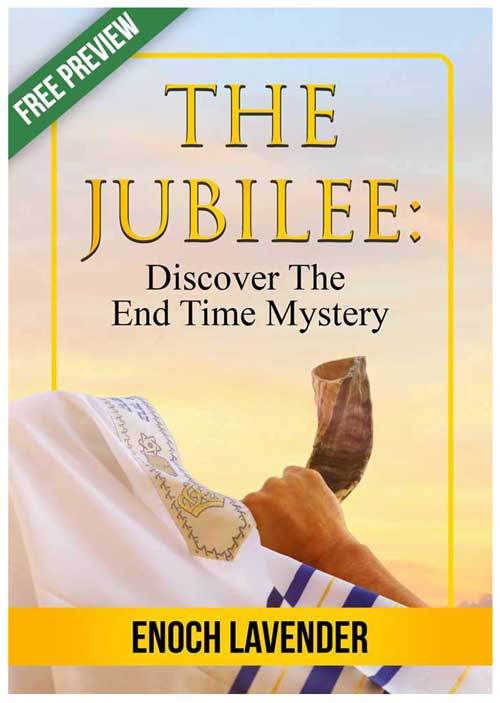In the early 19th Century, a period of unprecedented restoration began to take place in both Israel and the Church.
As the Jews were scattered all over the world, the language of Hebrew had become extinct except for use in religious ceremonies. As Jews began to trickle back to Palestine in the late 19th century, one man named Eliezer Ben Yehuda had a vision to restore the ancient language of Hebrew back to a modern language. Currently the returning Jews were weak and divided, but a common language would be central in helping them to unite into a modern nation.
Undeterred by his diagnosis of deadly tubercolosis at age 18, Eliezer dedicated himself to bringing the ancient language back to life. From 1881 to 1921, Eliezer worked up to 18 hour days as he tirelessly researched ancient languages looking for fragments of ancient Jewish words. Combining this with his knowledge of Biblical Hebrew, Ben Yehudah began to piece together a modern and practical language, which he ultimately published in a mammoth 18 volume dictionary. By the end of his life, Eliezer’s efforts had paid off and Hebrew had become so widely used that it was recognised as one of three languages in Palestine.
The Bible text predicts many layers to the End Time restoration, and the prophet Zephaniah declared in this context “…I will restore to the peoples a pure language” (Zeph 3:9). While this verse definitely predicts the restoration of “a” pure language, which language is he speaking of?
The previous verse contains the clue. Zephaniah 3:8 is the only verse in the entire Hebrew Bible to contain every single letter of the Hebrew alphabet – including the special form of five unique letters that appear differently when they appear at the end of a word. It seems that this verse is a giant hint that the language prophesied to be restored in the very next verse, is none other than the Hebrew language itself.
The language of Hebrew was not the only language that was lost during the time of Israel’s exile. In the early centuries of the church, the gifts of the spirit all but died out. However, in the late 18th century, many believers began to earnestly seek and pray for a new Pentecost, believing from their reading of the Scriptures that we were nearing the End of the Age. In response to these prayers, on New Years Eve 1901, there was an outpouring of the Holy Spirit in Topeka, Kansas evidenced by the speaking in tongues. This became the catalyst for of a mighty Pentecostal revival which swept the globe.
The restoration of the language of the Spirit to the Church happened precisely in the middle of the 40 year period in which Hebrew was being restored to the Jewish nation.
Learn More about the Restoration
Our upcoming book ‘The Jubilee: Discover the End Time Mystery” goes into more detail about the fascinating dual restoration of Israel and the Church.
1 See St. John, Robert, Tongues of the Prophets: The Life Story of Eliezer Ben Yehudah, Doubleday & Company Inc. Garden City, New York: 1952

Enoch Lavender was born in Australia, raised in Norway, spent time living in China and is now based in Melbourne, Australia. He has been studying Hebrew and the Jewish roots of our faith for the past decade, and has a keen interest in the Middle East from a Bible prophecy perspective.
Contact Enoch and Olive Tree Ministries



